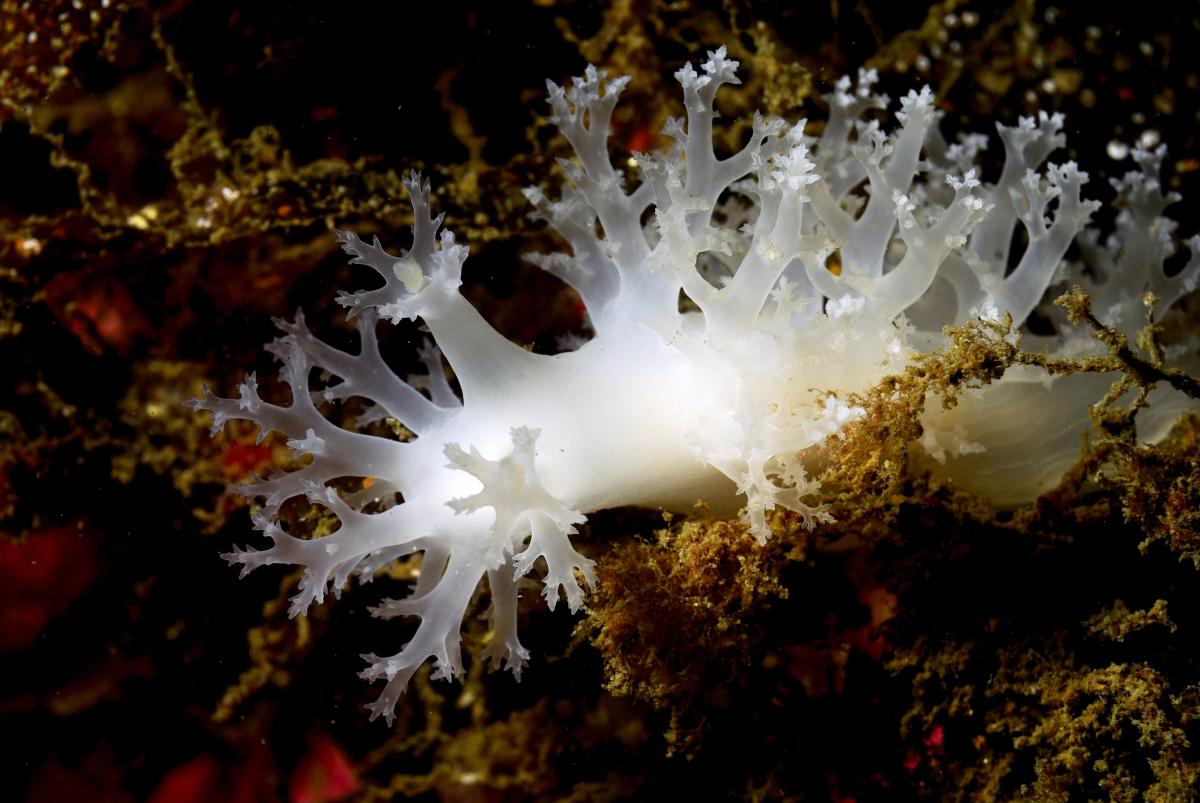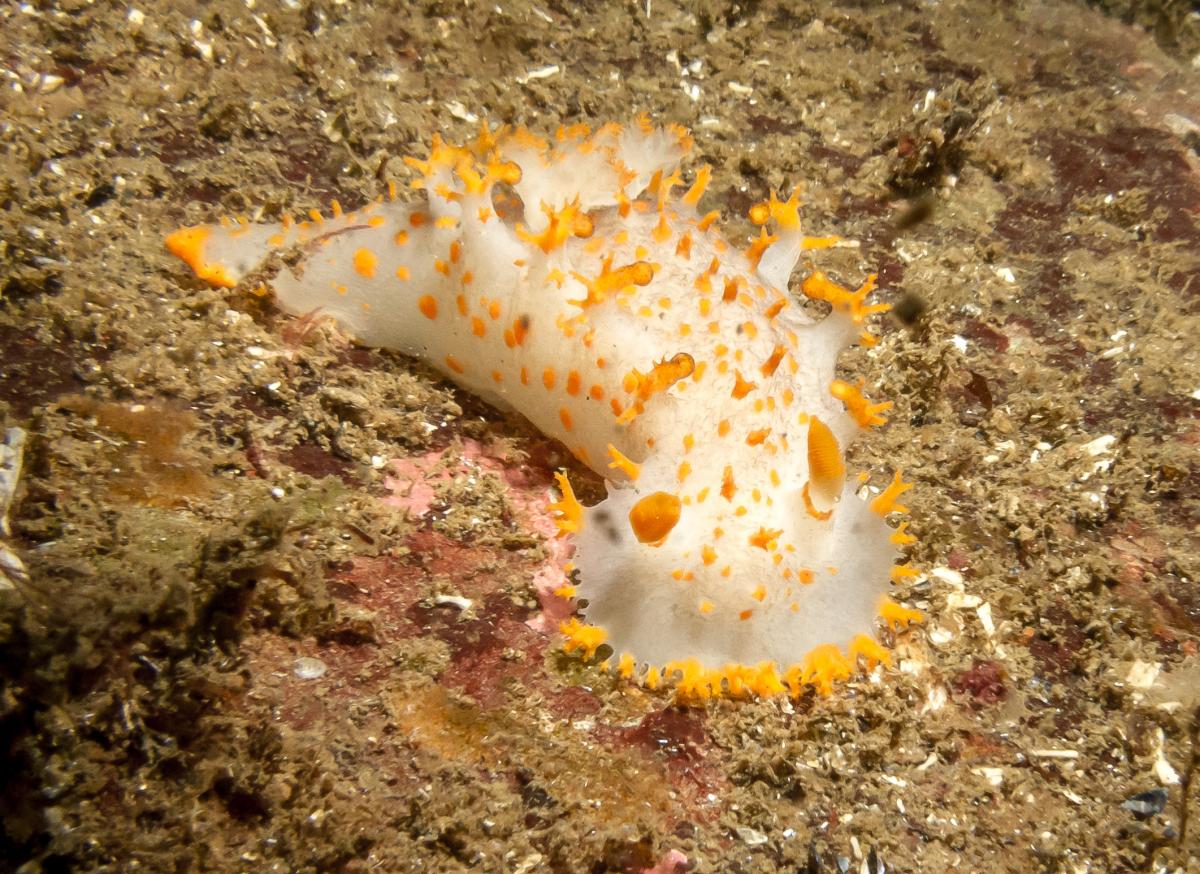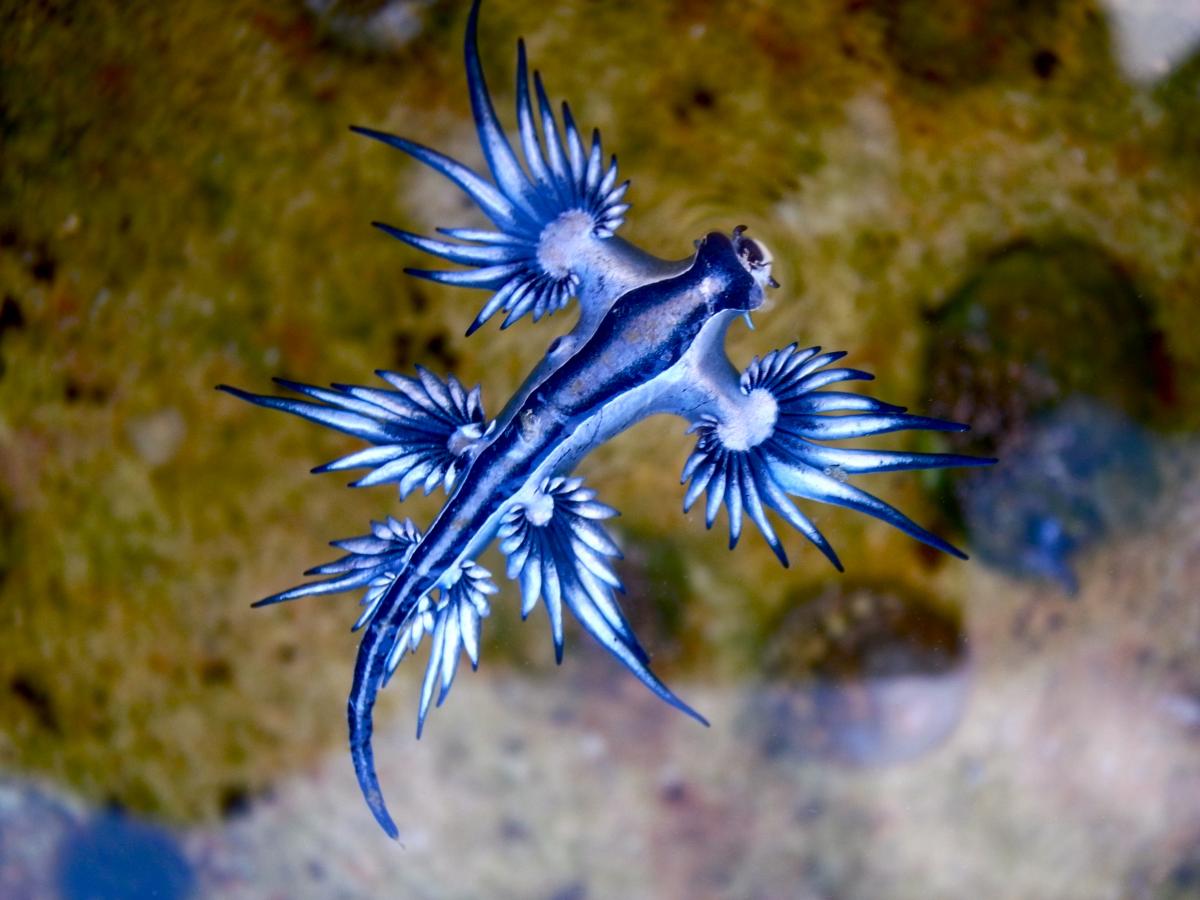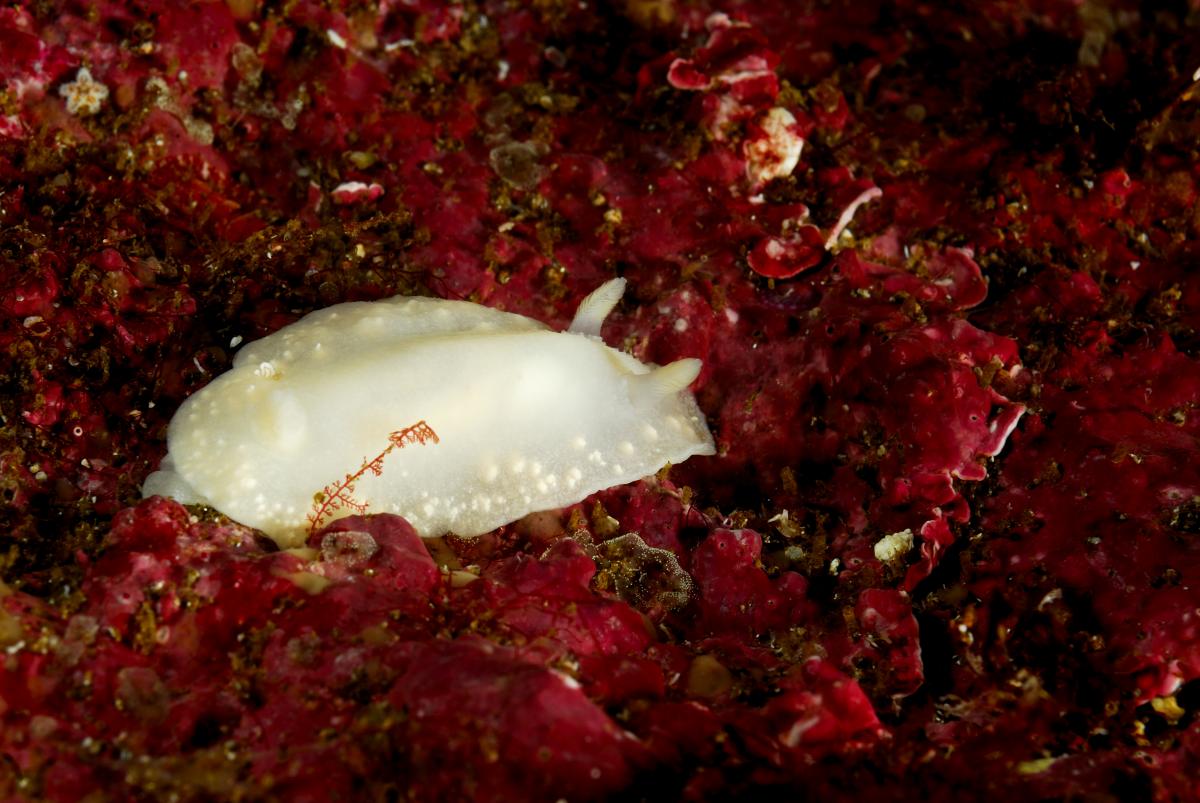August 13, 2018
The nudists of the ocean
Estimated reading time: 0 minutes
You may have heard of nudibranchs before, they are sea slugs, a group of soft-bodied mollusks with a lifestyle just as quirky as their name suggests. They live their entire lives completely exposed, with no shell and “naked gills.” The term nudibranch comes from the Latin word ‘nudus’ and the Greek word ‘brankhia,’ together meaning naked gills. They wear their gills on their backs in the form of feathery protrusions and horns.
Nudibranchs can be found in tropical and temperate seas all across the world. They have even been found in Antarctica! With over 3,000 species of nudibranchs worldwide, they dot habitats across the planet with their vibrant colours, shapes and sizes. They are usually small in size, with a few species reaching up to 30cm (12in) in length.
These sea slugs may be tiny, but don’t let their size fool you, they can be pretty tough. These little powerhouses can sometimes create their own chemical toxins but they are best known for stealing the toxins of popular predators such as the Portuguese man o’ war.
They travel along coral, sponges, kelp, rocks and other substrate on a long, muscular foot, feeding on other invertebrates, such as jellyfish or anemones, along the way. They will ingest the stinging cells, or nematocysts, of their prey, incorporating them into their tissues to become toxic themselves.
Not all nudibranchs eat invertebrates, some are actually “solar-powered” living off the sugars produced by algae living in their tissues.
Take a look below for a beautiful glimpse of the rich biodiversity of nudibranchs found off the coast of Canada:

Dendronotus frondosus is a large (up to 10cm) sea slug found in Canada’s Atlantic waters. They are usually white to pale pink in colour. (Oceana/Juan Cuetos)

Triopha catalinae, or clown nudibranchs, are white to pale yellow in colour with deep orange spots. This one was photographed off Gambier Island, British Columbia. (Ron Caswell)

Glaucus atlanticus, commonly known as the blue glaucus, looks like something from another world. Only growing up to 3cm long, it may be small but can deliver a powerful sting. (Sylke Rohrlach)

Cadlina laevis can be found off Canada’s East Coast – even as far north as Arctic waters! They are translucent white in colour and sometimes have a pale yellow colouration on their glands. (Oceana/Juan Cuetos)
While on our Northeast Pacific Seamount Expedition, we saw so many nudibranchs living among seamount ecosystems. With a wide variety of species of nudibranchs worldwide, it can be hard to tell who’s who. In this video, two scientists work to identify a nudibranch collected on Davidson (Pierce) Seamount near Haida Gwaii, British Columbia.

